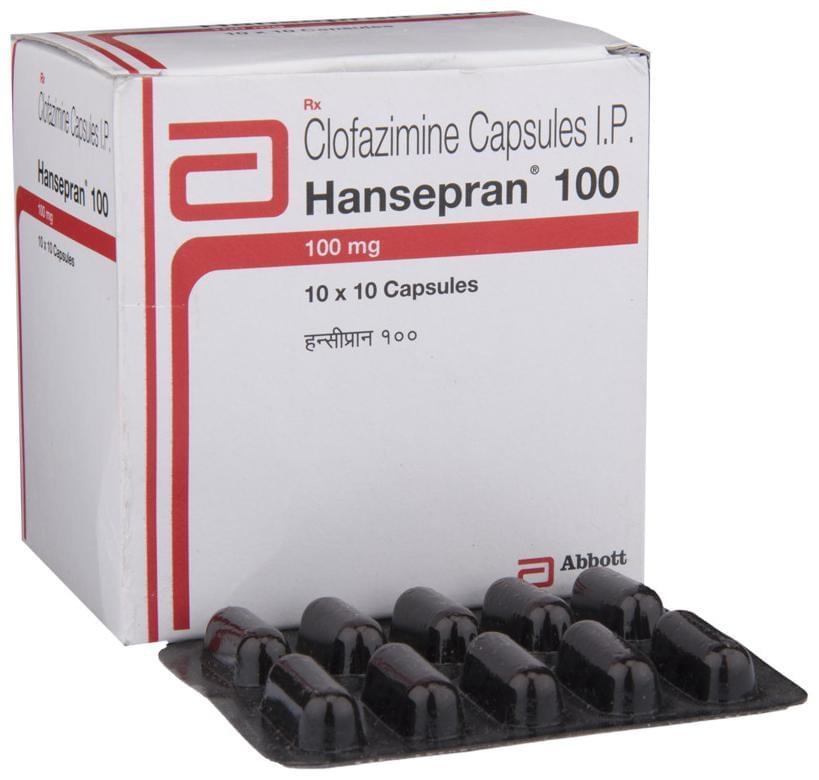Leprosy
Leprosy, also known as Hansen’s disease, is a chronic infectious disease caused by the bacterium Mycobacteriu. Leprae. It primarily affects the skin, peripheral nerves, and mucosal surfaces of the upper respiratory tract. The disease typically presents with ski. Lesions, sensor. Loss, muscle weakness, and deformities. Leprosy is not highly contagious, but early detection and treatment are crucial to prevent complications an. Long-term disability.
Medications commonly used to trea. Leprosy include:
Dapsone (DDS): Dapsone is a sulfonamide antibiotic that is effective against M. Leprae. It is often used as a single agent or in combination with other drugs for the initial treatment o. Leprosy.
Rifampicin (RIF): Rifampicin is a bactericidal antibiotic that is part of the standard multidrug therapy fo. Leprosy. It is effective against both bacterial replication and persistence.
Clofazimine (Clof): Clofazimine is a bacteriostatic antibiotic that is also part of the standard multidrug therapy fo. Leprosy. It is effective against both M. Leprae and the resistant strains that may develop during treatment.
Ofloxacin (OFX): Ofloxacin is a fluoroquinolone antibiotic that is used as an alternative treatment option for leprosy in cases of resistance or intolerance to the standard multidrug therapy.
Please consult with a healthcare professional to determine the most appropriate treatment for leprosy based on individual circumstances.

Showing all 6 results
Showing all 6 results




